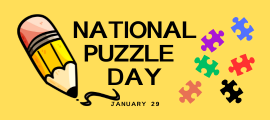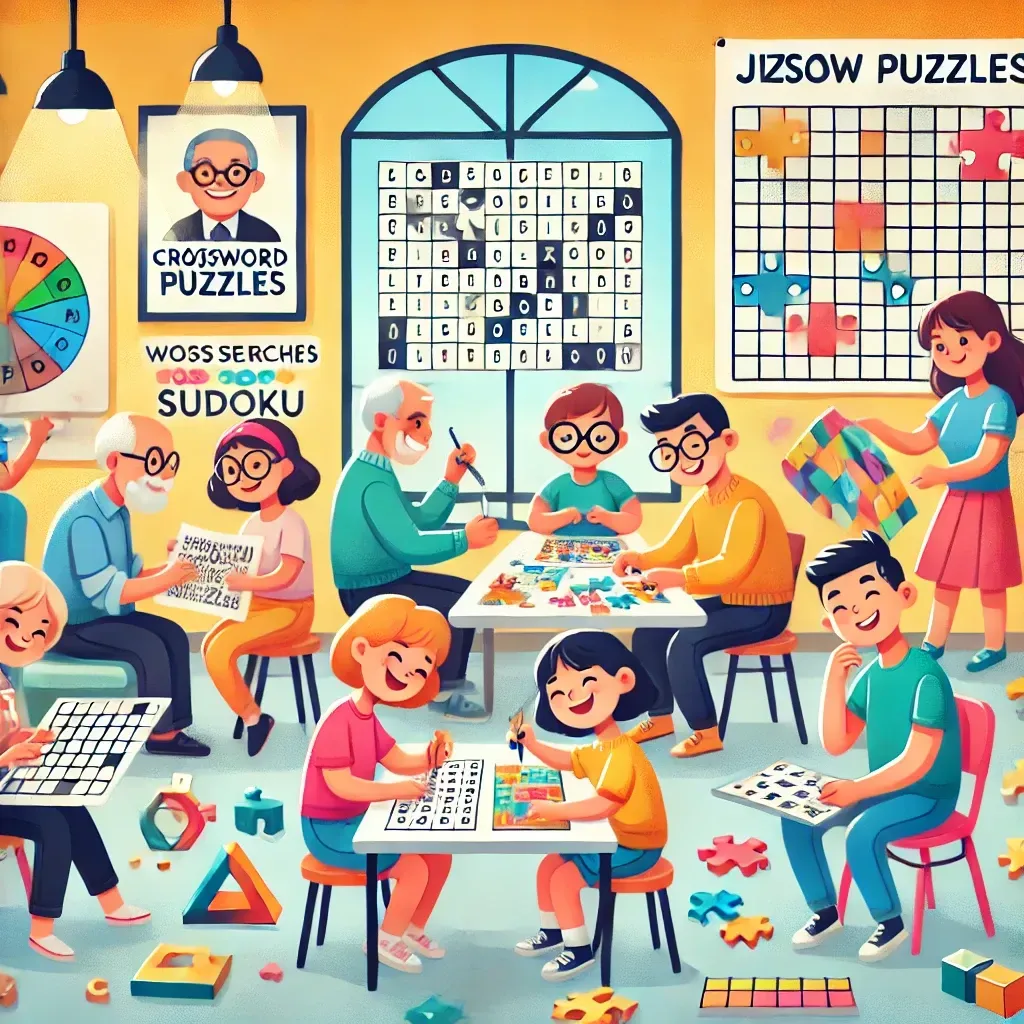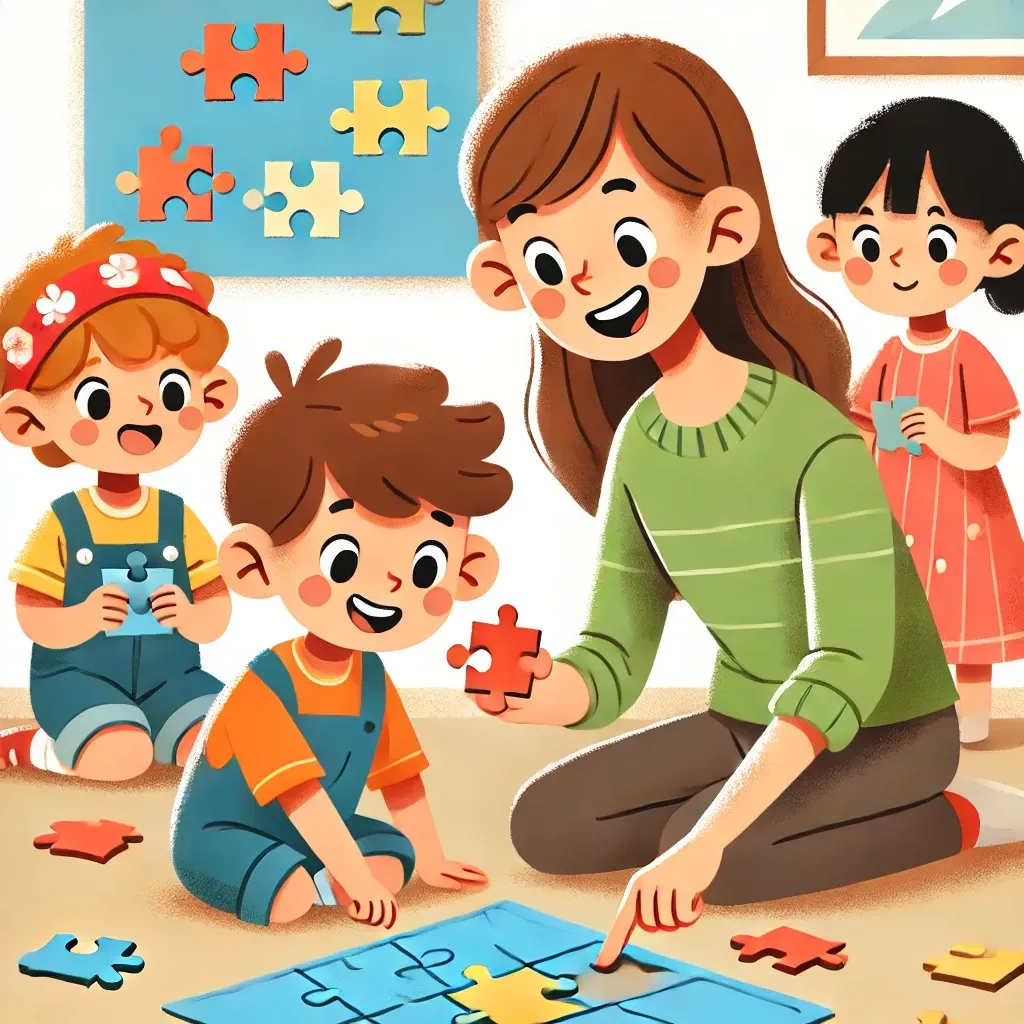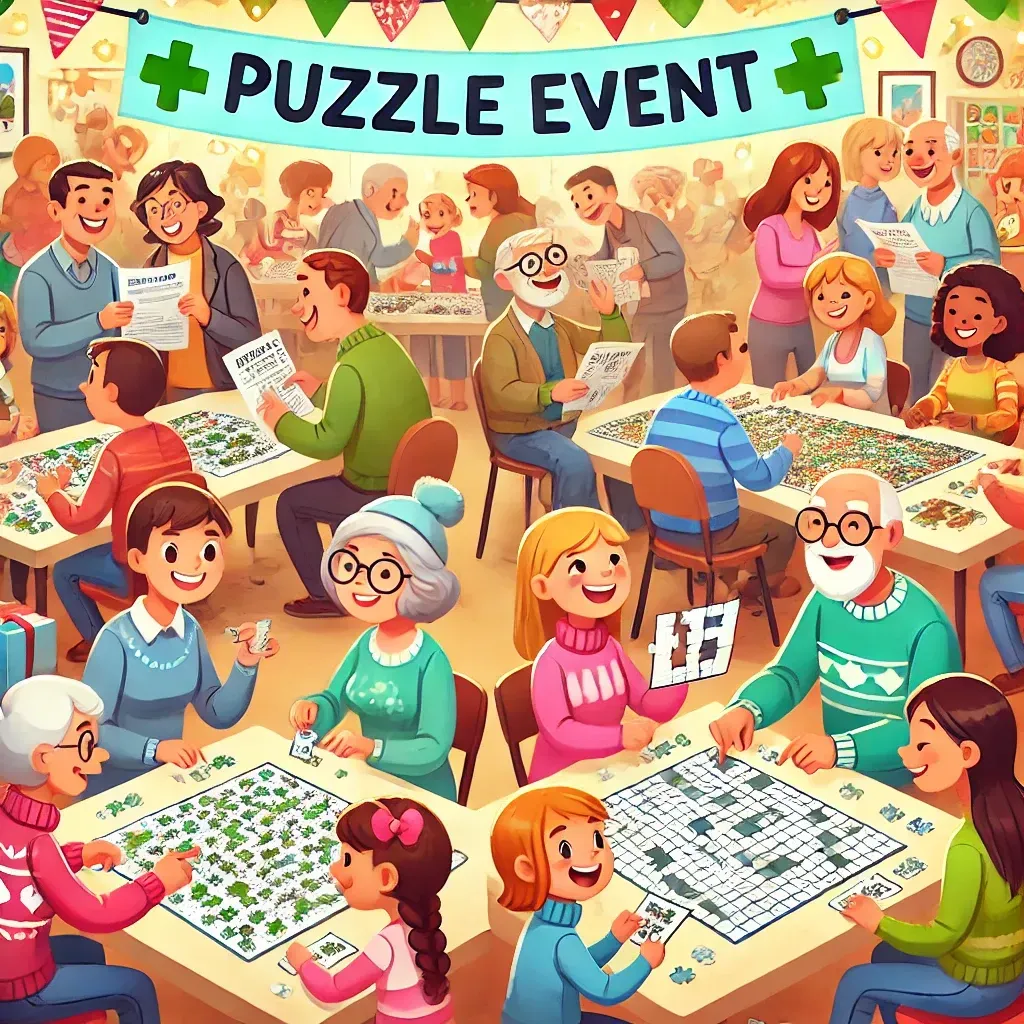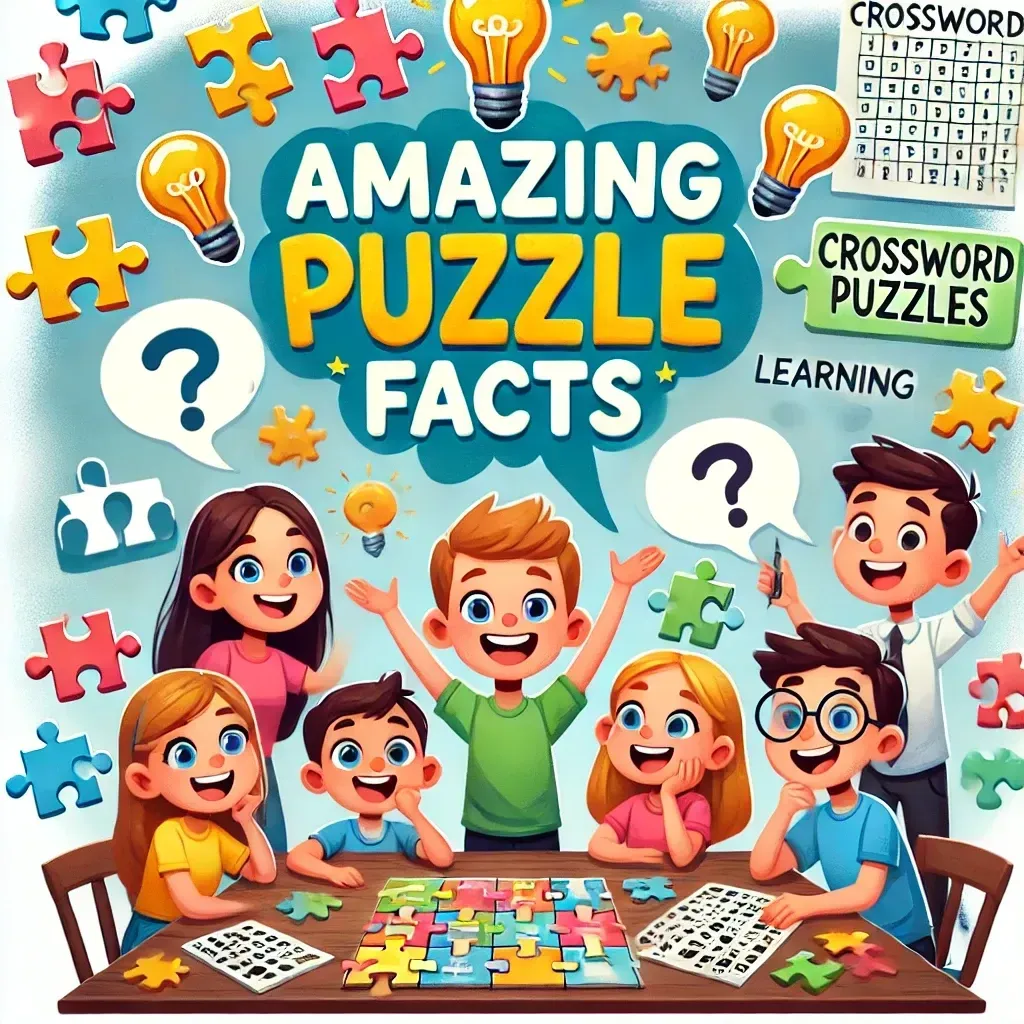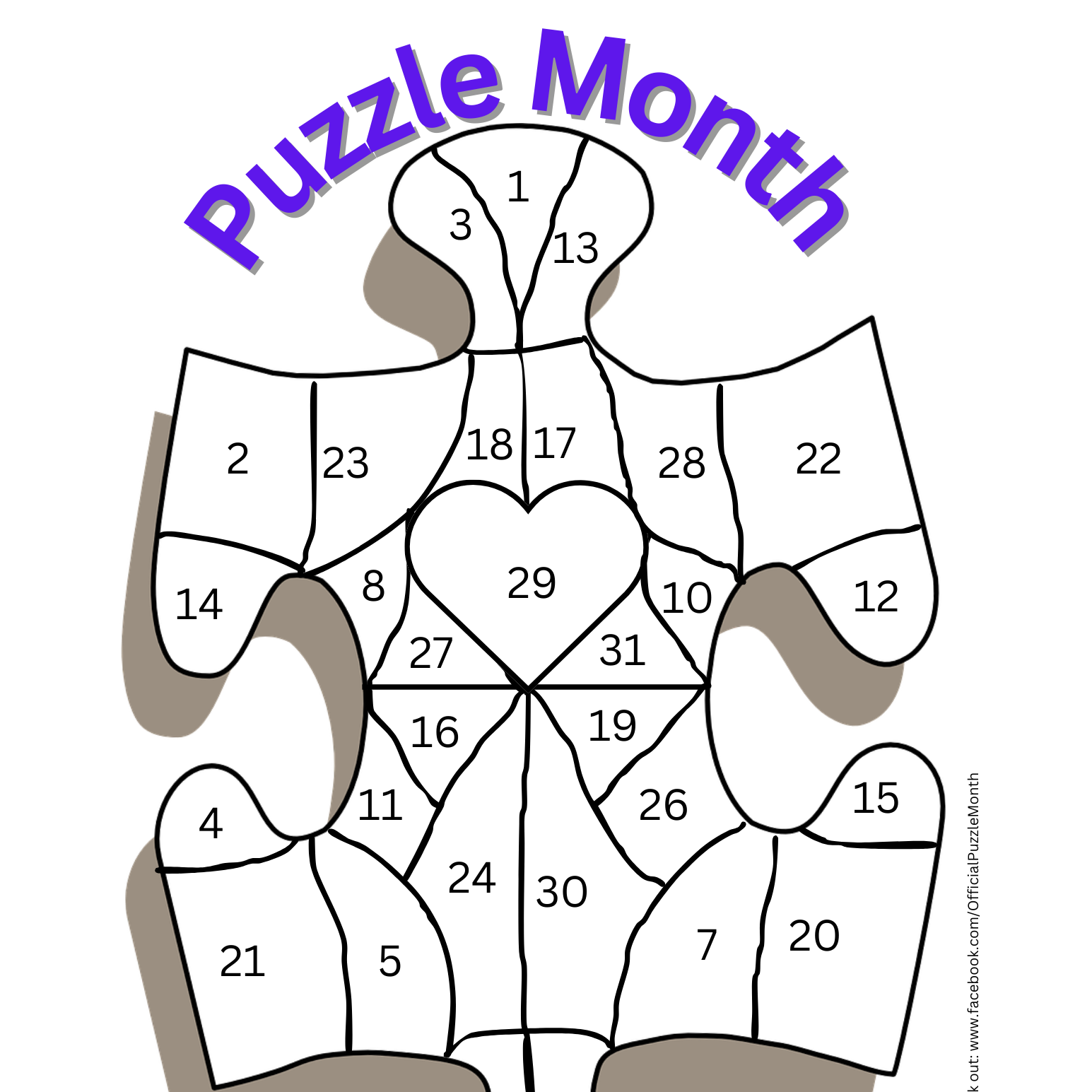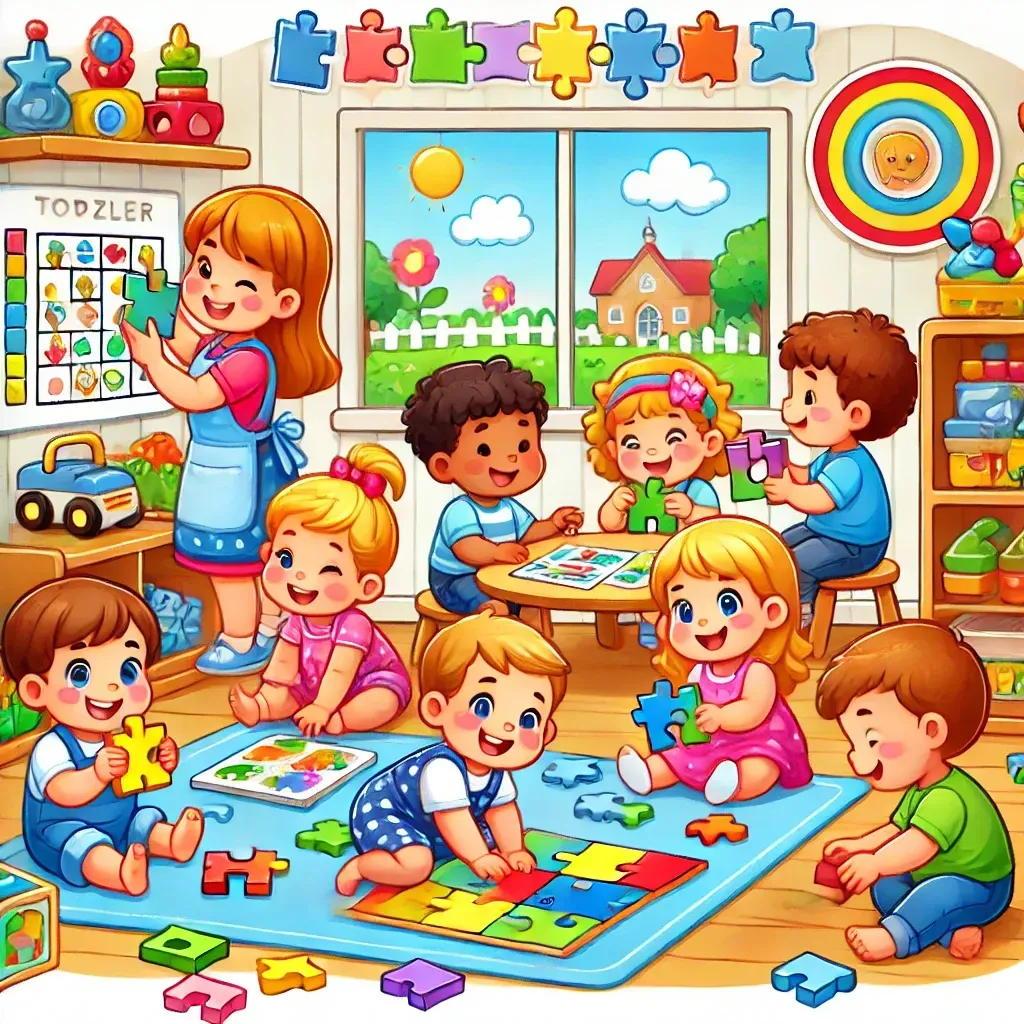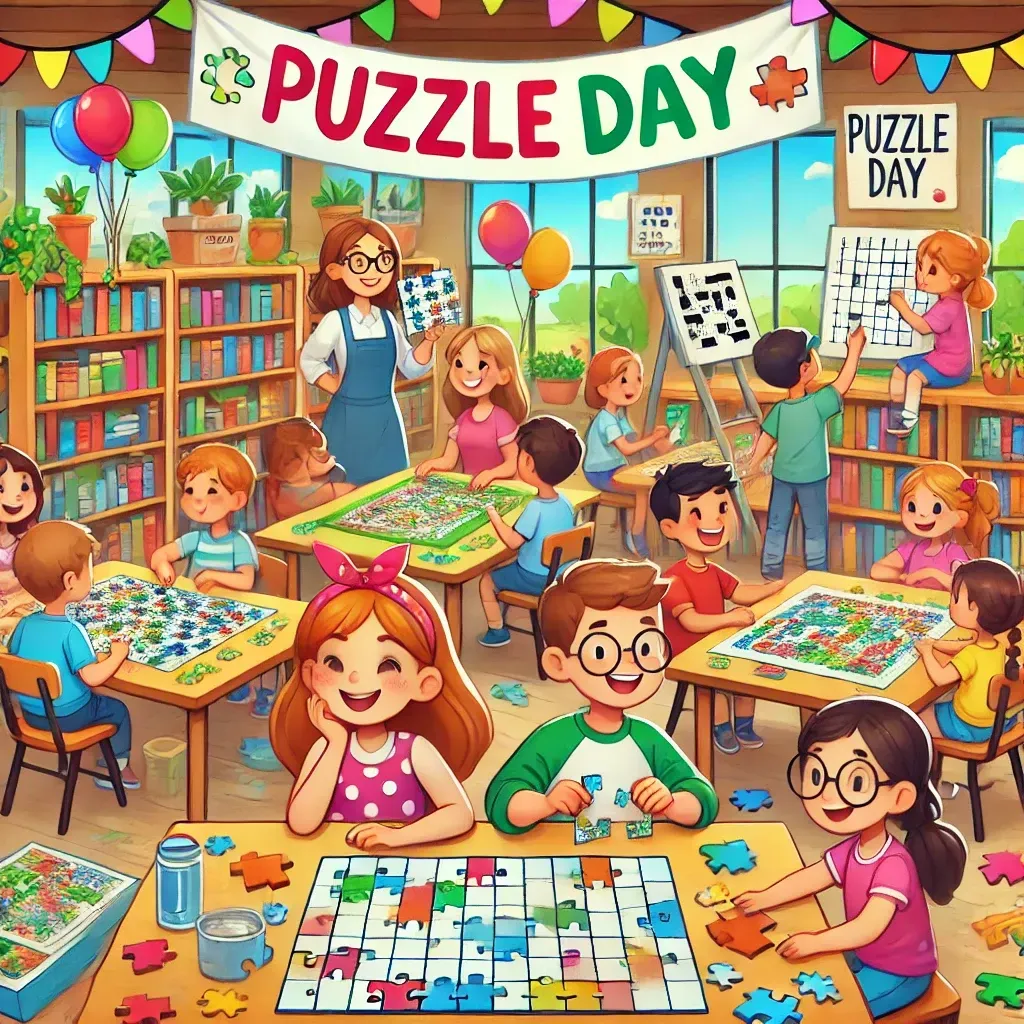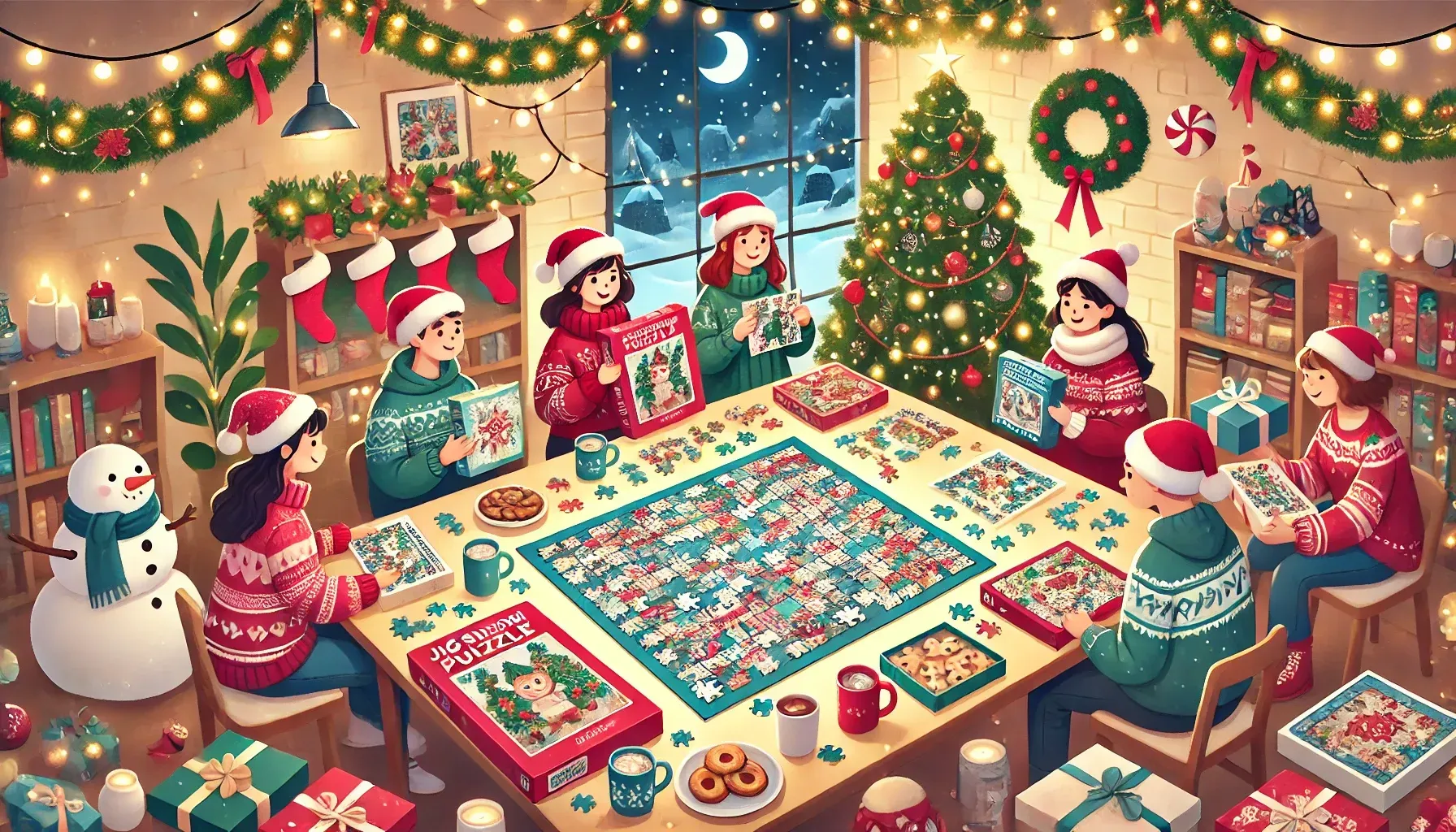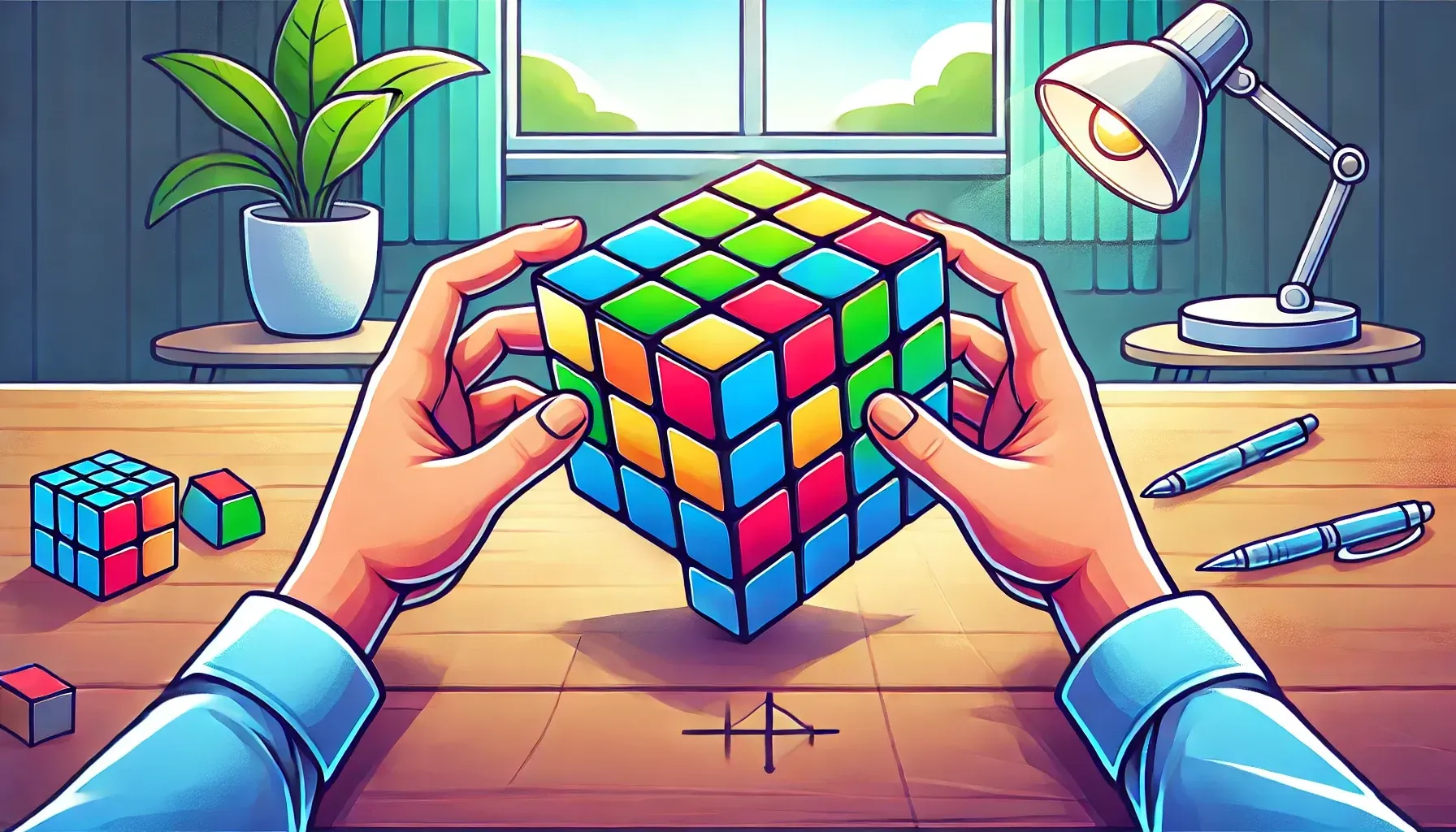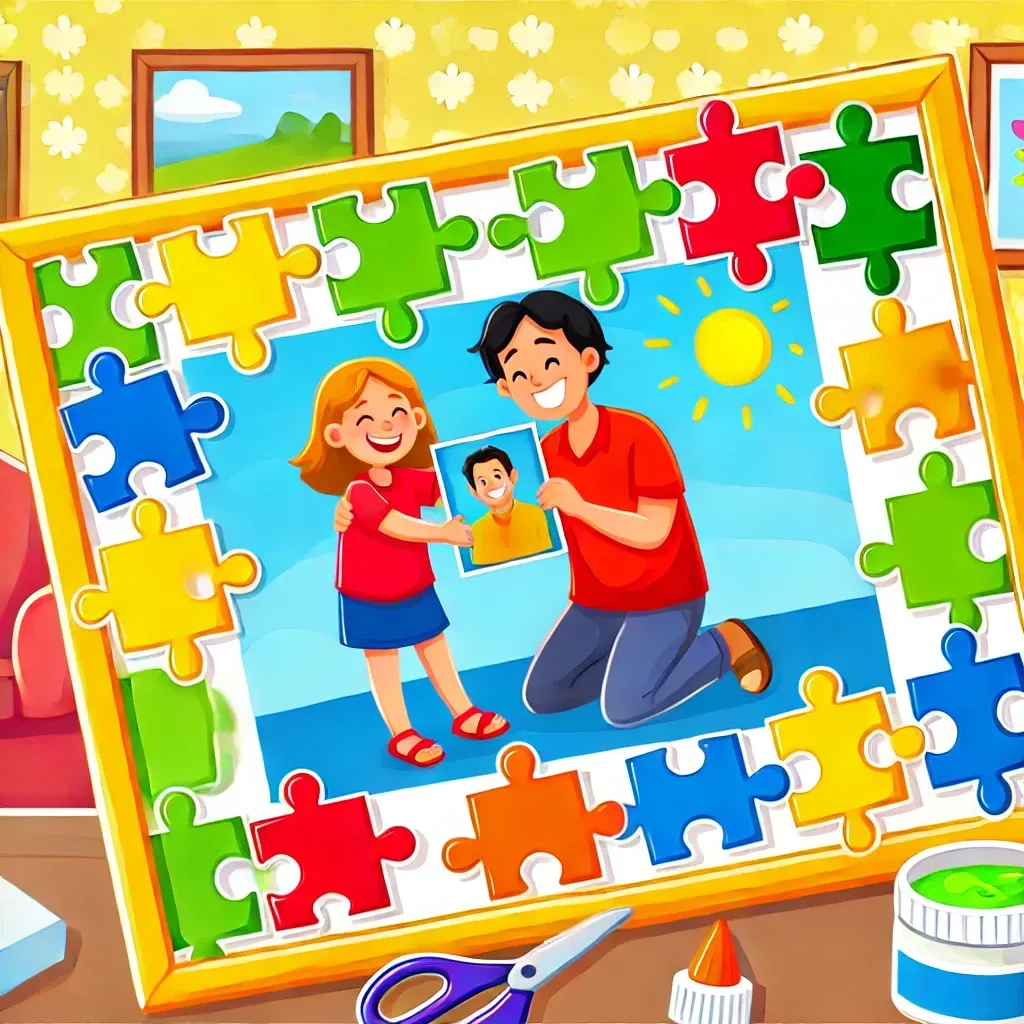How to Pick a Perfect Jigsaw Puzzle: Pieces and Size Matter
How to Pick a Perfect Jigsaw Puzzle
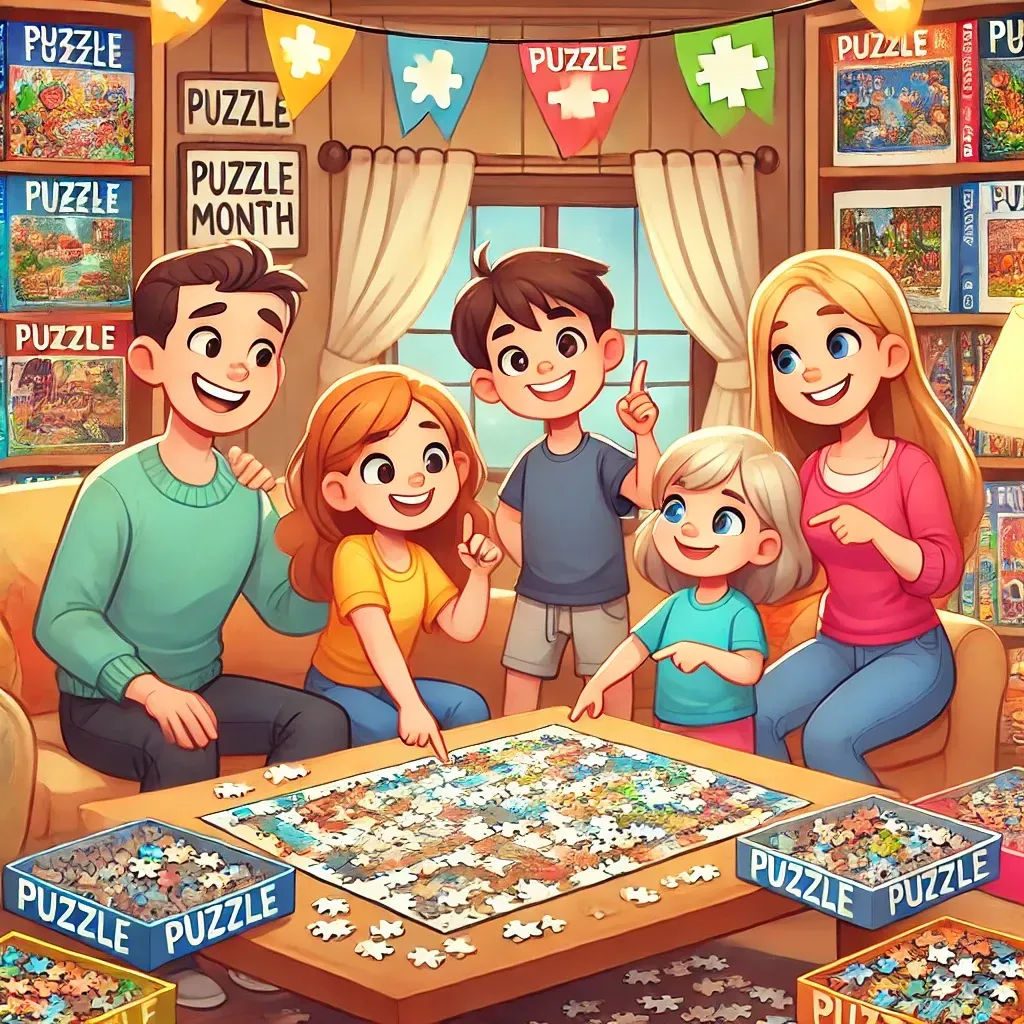
Whether you’re new to jigsaw puzzles or a seasoned puzzler, finding the perfect puzzle comes down to two critical elements: piece count and size. Choosing the right puzzle ensures the experience is enjoyable, challenging, and satisfying - without unnecessary frustration. With Puzzle Month in January and Puzzle Day celebrated on January 29th, now is the perfect time to dive into the joy of puzzling!
Pieces and Size Matter
Whether you’re shopping for yourself, your family, or a puzzle-loving friend, these tips will help you make the perfect pick! While many people just grab a puzzle that looks good, it's super important to have the perfect puzzle so you can have a positive experience.
Of course, you might think that a puzzle is just a puzzle, but before you grab a jigsaw puzzle, let's consider how different aspects are important to making a good choice.
1. Start with the Right Piece Count
The piece count is one of the first things to consider when picking out a puzzle. The number of pieces determines the difficulty level and the time needed to complete the puzzle. It's also important as you want to know about how long it might take you to finish your jigsaw puzzle.
- For Beginners and Kids: Start with puzzles between 50-200 pieces. These are smaller, simpler puzzles that offer a fun and frustration-free experience. Look for colorful images, larger pieces, and simple patterns that are easier to complete.
- Intermediate Puzzlers: A puzzle with 300-750 pieces strikes the perfect balance of challenge and fun. It’s great for families working together or individuals ready to tackle something a bit more detailed.
- Advanced and Experts: For seasoned puzzlers, go big with puzzles ranging from 1,000 pieces to even 5,000+ pieces. These puzzles can take days—or even weeks—to complete, offering the ultimate challenge.
If you’re unsure where to start, think about the age, skill level, and time commitment of the puzzler. For family puzzling or group activities, puzzles with around 500 pieces are often ideal.
2. Consider the Puzzle Piece Size
Puzzle pieces come in various sizes, and choosing the right one makes a big difference in comfort and enjoyment.
- Larger Pieces: Perfect for young kids, seniors, or anyone looking for a less intense puzzling experience. These puzzles are easier to grip and assemble, making them ideal for family-friendly fun.
- Standard Pieces: Most jigsaw puzzles come with standard-sized pieces. These are great for adults and experienced puzzlers who want to enjoy the challenge of more detailed puzzles.
- Miniature Pieces: For the ultimate challenge, try puzzles with miniature pieces. They take more precision and focus, making the process longer but rewarding.
Larger pieces work well for puzzles with fewer pieces, while smaller, intricate pieces are better suited for puzzles with higher piece counts.
3. Pick the Right Puzzle Image
The image or design on a puzzle can make or break the experience. Choosing an image that excites or inspires you ensures the process is engaging and fun.
- Vibrant Colors and Patterns: Puzzles with clear sections of color or patterns are easier to complete and great for beginners.
- Landscapes and Nature Scenes: These are popular for their calming images and moderate challenge, offering beautiful rewards when finished.
- Abstract and Artistic Designs: Perfect for intermediate puzzlers who enjoy variety and unique challenges.
- High-Difficulty Images: Solid color puzzles, intricate designs, or puzzles featuring repeating patterns are great for expert puzzlers looking for the ultimate challenge.
If you’re choosing a puzzle for a child, look for themes they love, like animals, vehicles, or their favorite cartoon characters. For adults, scenic landscapes or artistic designs can provide a relaxing escape.
4. Think About Space and Display
Before starting a puzzle, think about where you’ll assemble it.
- Small Spaces: For small tables or areas, stick with puzzles under 500 pieces. Use a puzzle mat to roll up your work and save space.
- Larger Spaces: Bigger tables allow you to spread out larger puzzles with 1,000+ pieces.
- Display Options: If you’re looking to frame your finished puzzle, pick a design you’d be proud to hang as art. Glue and frame kits are widely available to make displaying your puzzle simple.
Puzzle Month is the perfect time to carve out a little space in your home for puzzling fun—whether it’s a family corner or a personal puzzle station.
5. Explore Beyond the Ordinary
For something new, try specialty puzzles:
- Shaped Puzzles: These puzzles form unique shapes like animals or objects, rather than the usual rectangle.
- 3D Puzzles: Add dimension to your puzzling with models of famous buildings or objects.
- Glow-in-the-Dark Puzzles: Solve the puzzle and enjoy the glow! Great for kids and nighttime puzzling.
Trying new styles keeps puzzling fresh and exciting.
Why Puzzle Month and Puzzle Day Are Perfect for a New Challenge
January’s Puzzle Month and Puzzle Day on January 29th are all about celebrating puzzles and their ability to bring joy, focus, and accomplishment. Whether you’re new to puzzles or a seasoned expert, this is the perfect time to pick out something fresh, fun, and challenging to kick off the year.
Gather your friends, family, or classmates and pick a puzzle that suits your skill level and space. Puzzles are not just about fitting pieces together—they’re about creating memories, boosting creativity, and enjoying the journey.
Pick a Perfect Jigsaw Puzzle for You
Choosing the perfect jigsaw puzzle comes down to piece count, size, and the image that excites you the most. Whether you’re solving a relaxing 300-piece landscape or diving into a 1,000-piece challenge, puzzles offer something for everyone.
This Puzzle Month, take the opportunity to try something new, challenge yourself, and enjoy the simple joy of puzzling. Happy puzzling, and may all your pieces fit perfectly!
